So. Your DAW is open on the screen in front of you. You’re sitting there wondering how to take your music up a notch. You want a beat on your track. But how do you get started when it comes to recording drums?
Recording Drums: The Main Options
- Drum Machines
- Drum Libraries, MIDI & Programming
- Electronic Drum Kits
- Record an Actual Drummer (Using Acoustic Drums)
Drum Machines
These handy bits of kit have become synonymous with not just genres, but the history of recorded music itself. You’ll no doubt have heard of iconic drum machines like the Roland TR-808. The instrument left an indelible mark on everything from Rap and Hip-Hop to Alternative Rock. They’re the perfect all-in-one solution for adding drums to your compositions.
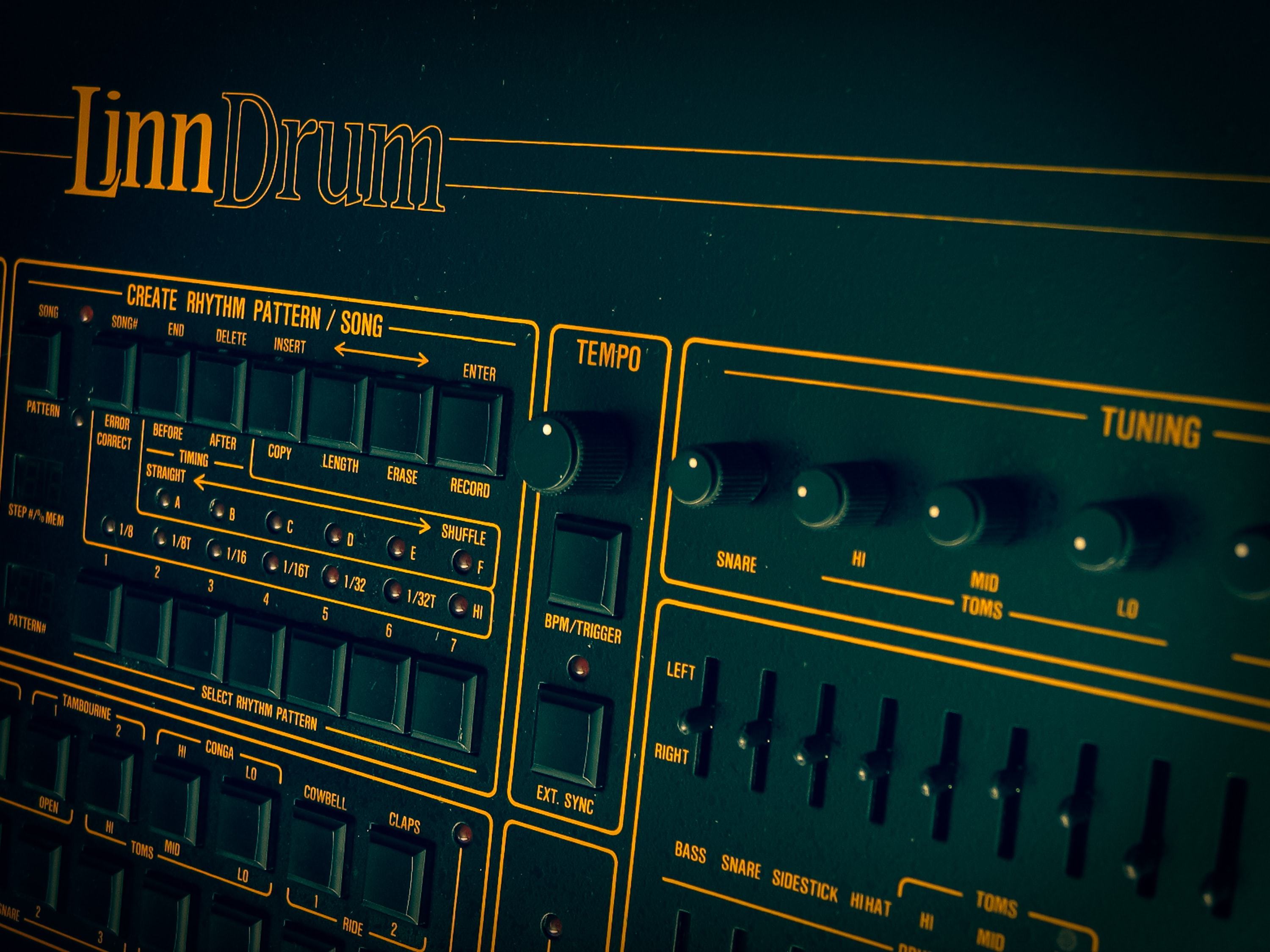
Many modern drum machines deliver realistic sounding tones. Most are packed full of percussion and drum sounds, each of which can be mixed and matched with one another. Some even let you import your own samples. This all gives you the ability to build custom kits from scratch; the beats you’ll craft can be the perfect companion to your guitar playing. Certain models can even be hooked up to your home recording rigs, allowing you to record right into your DAW.



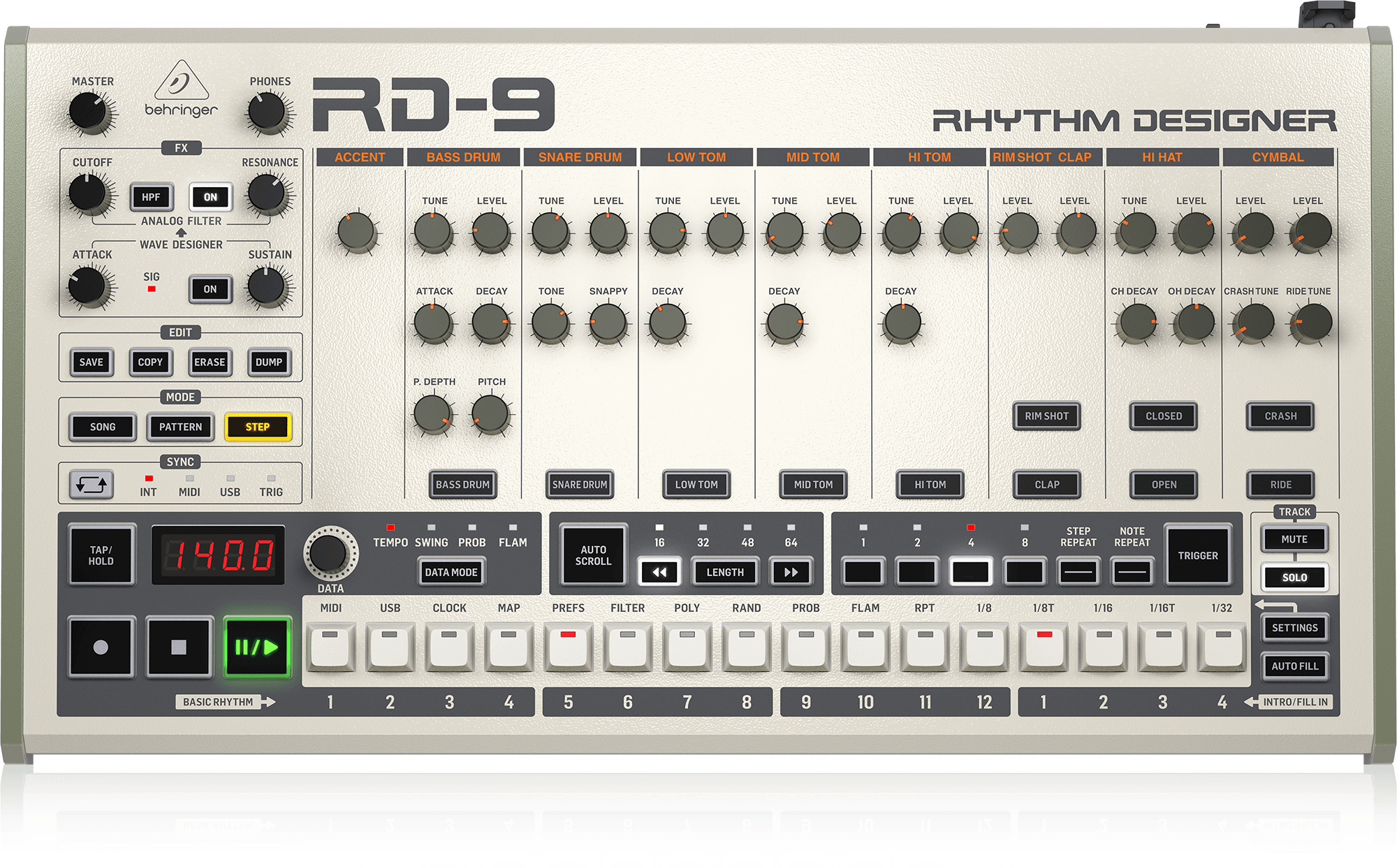


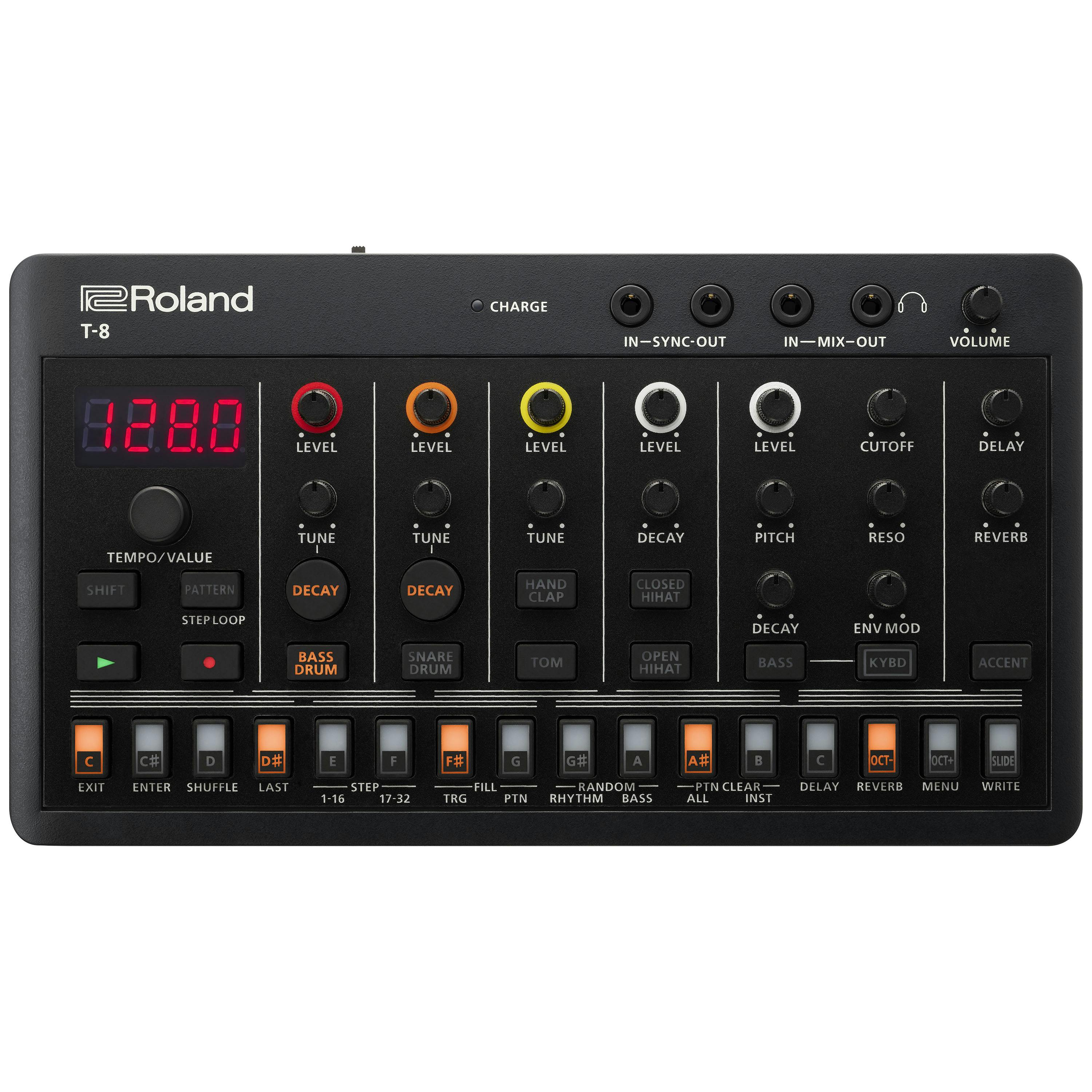

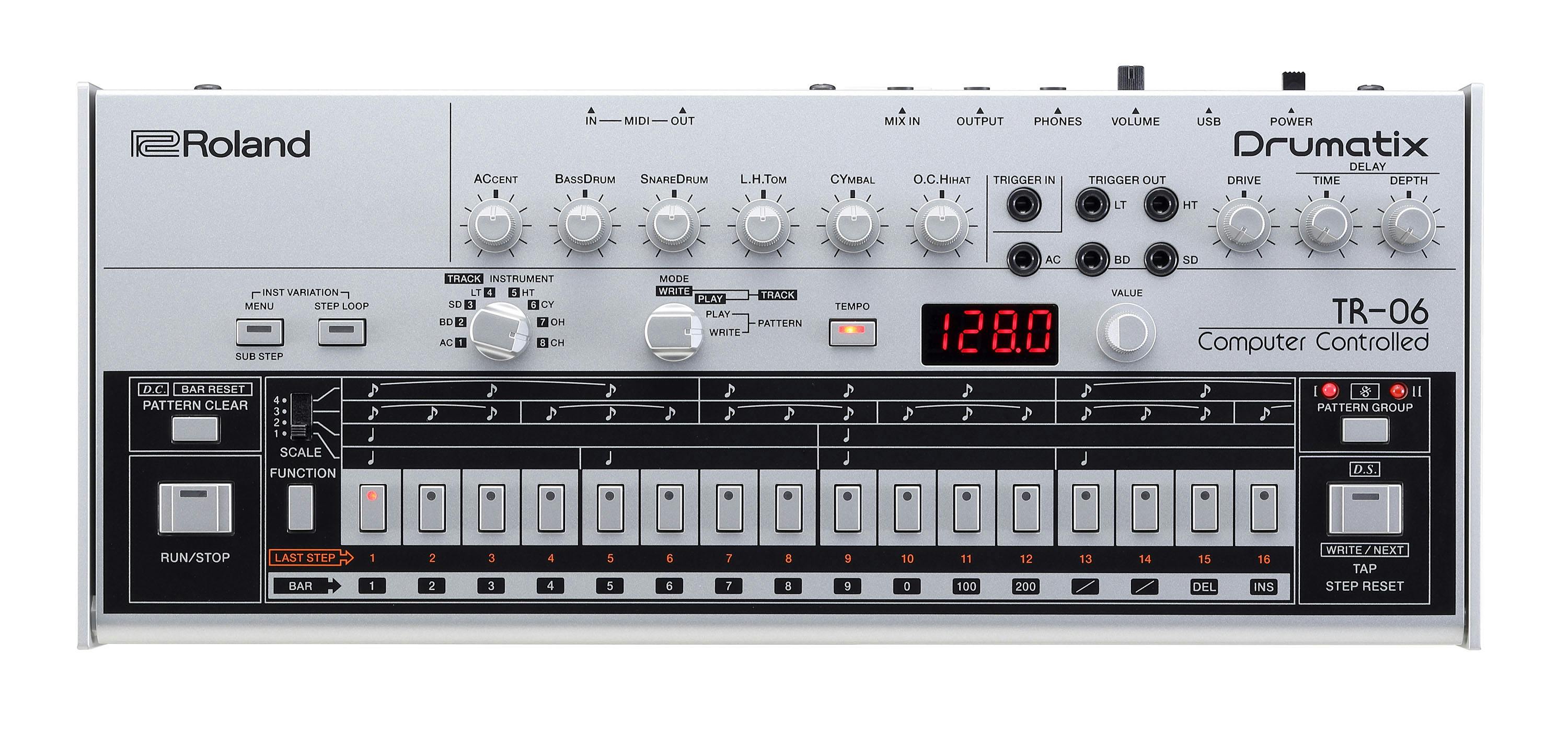

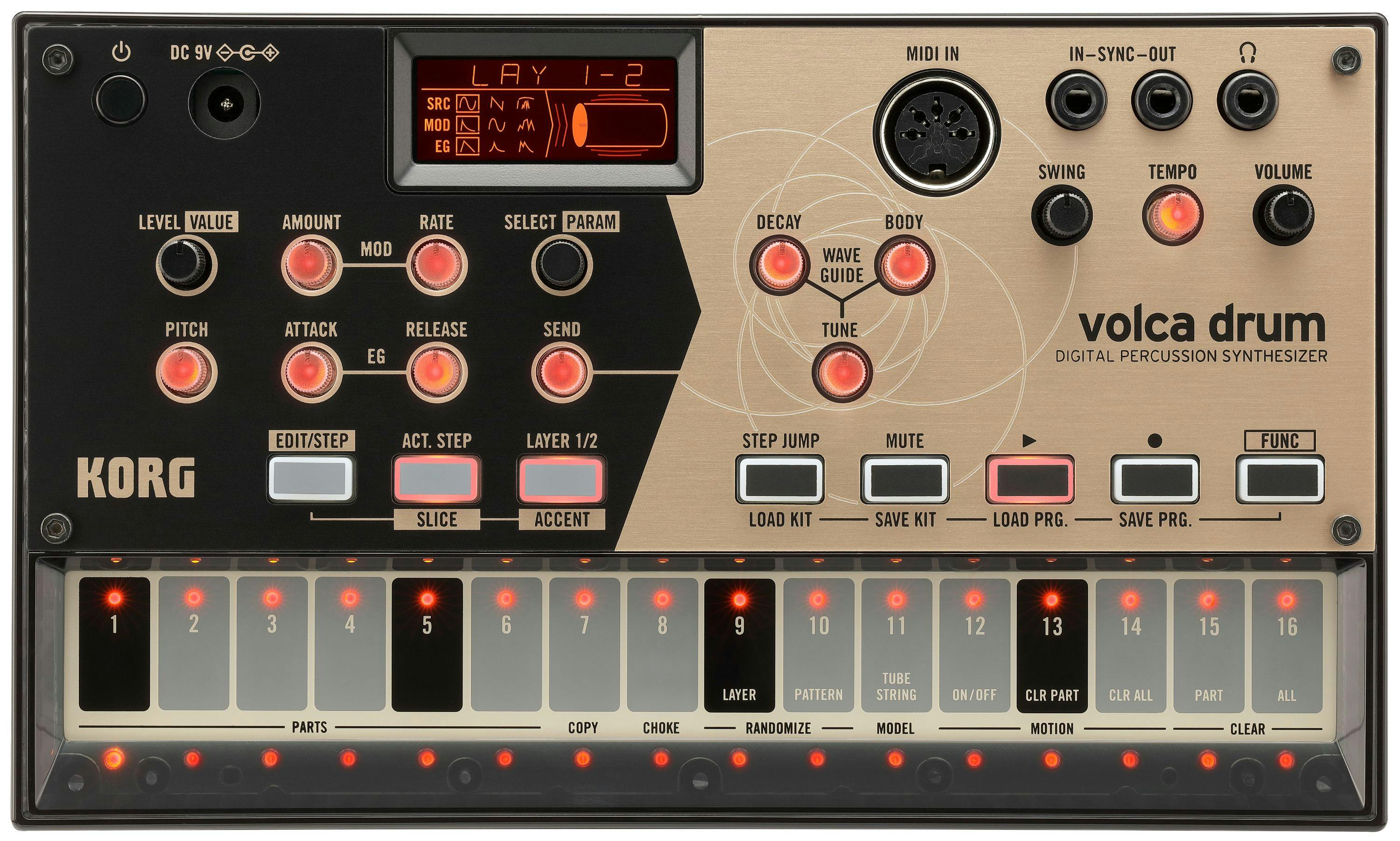

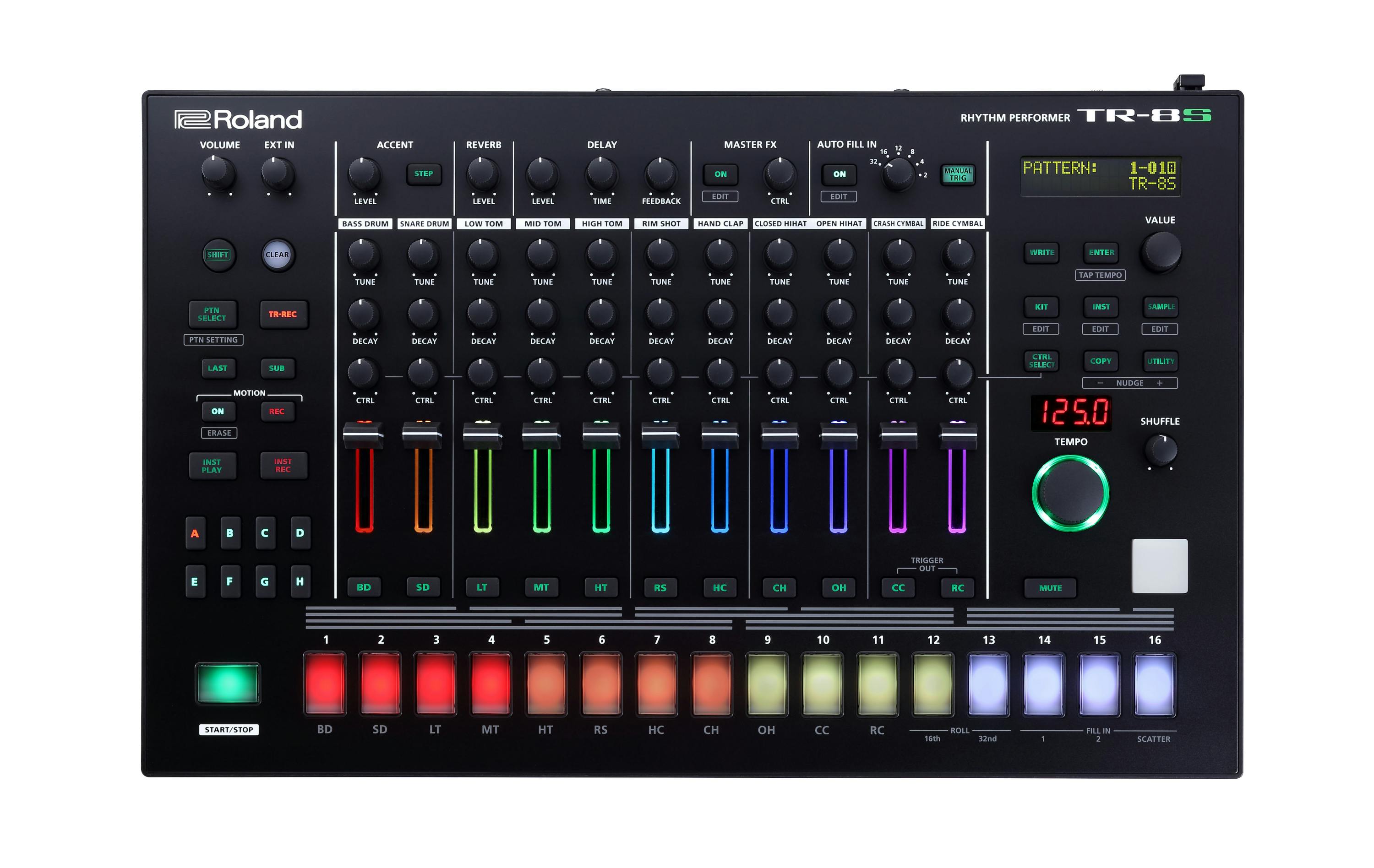
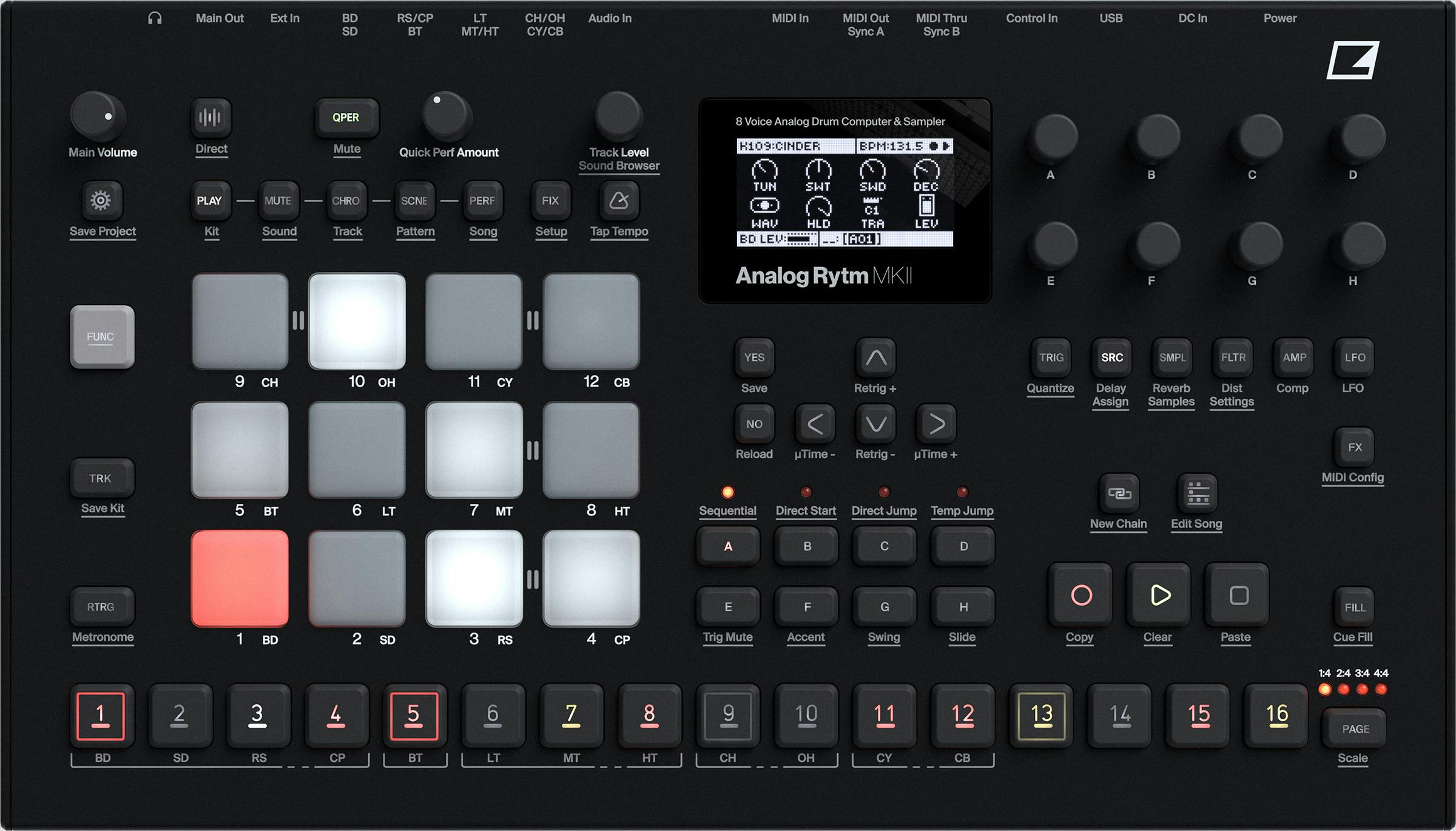

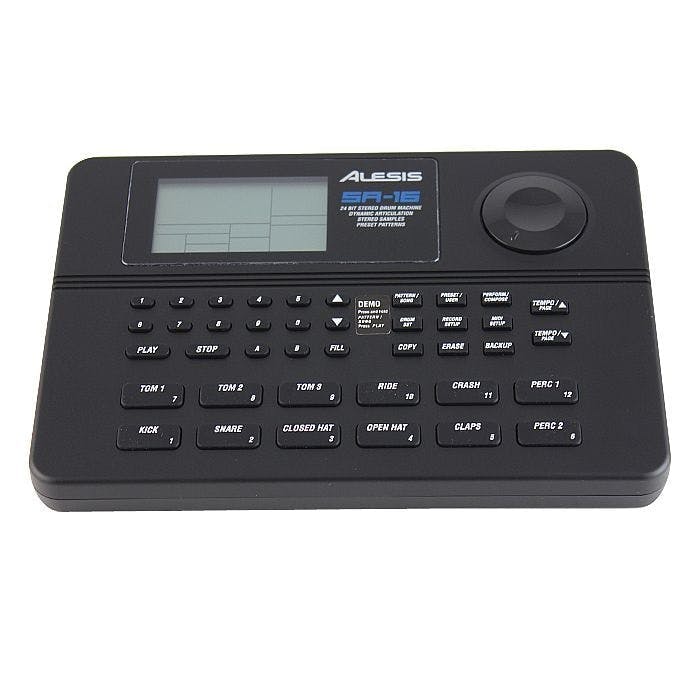
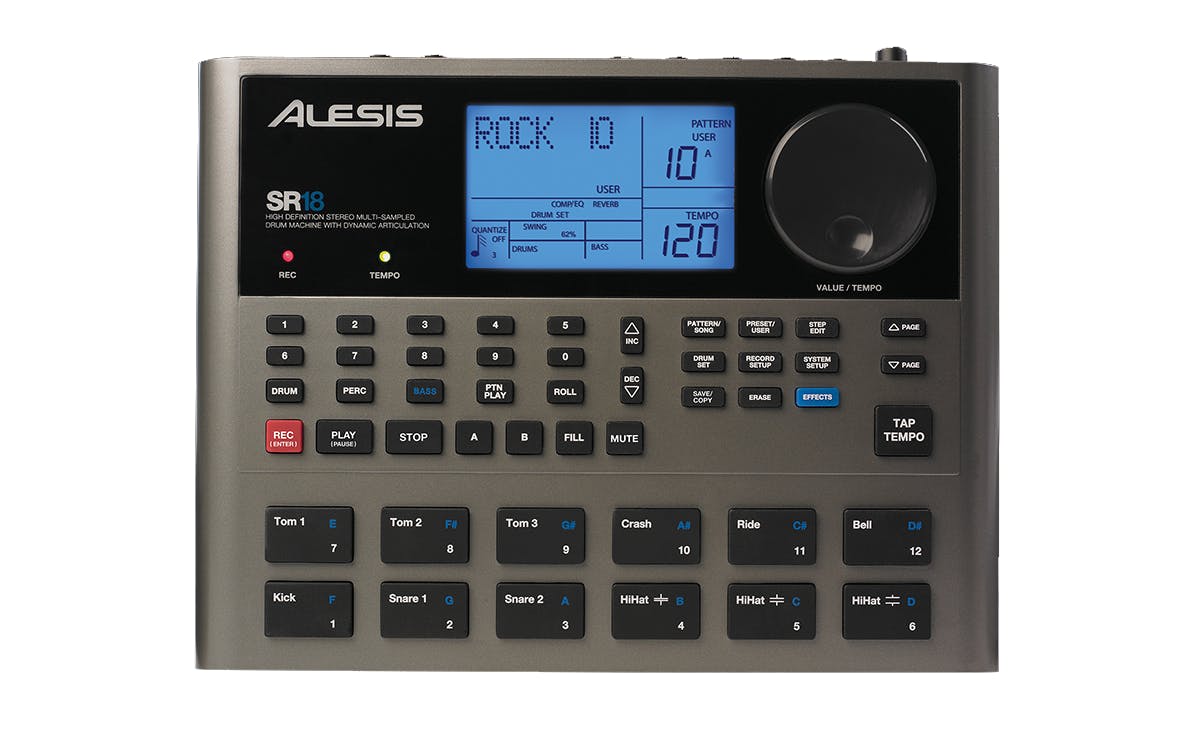

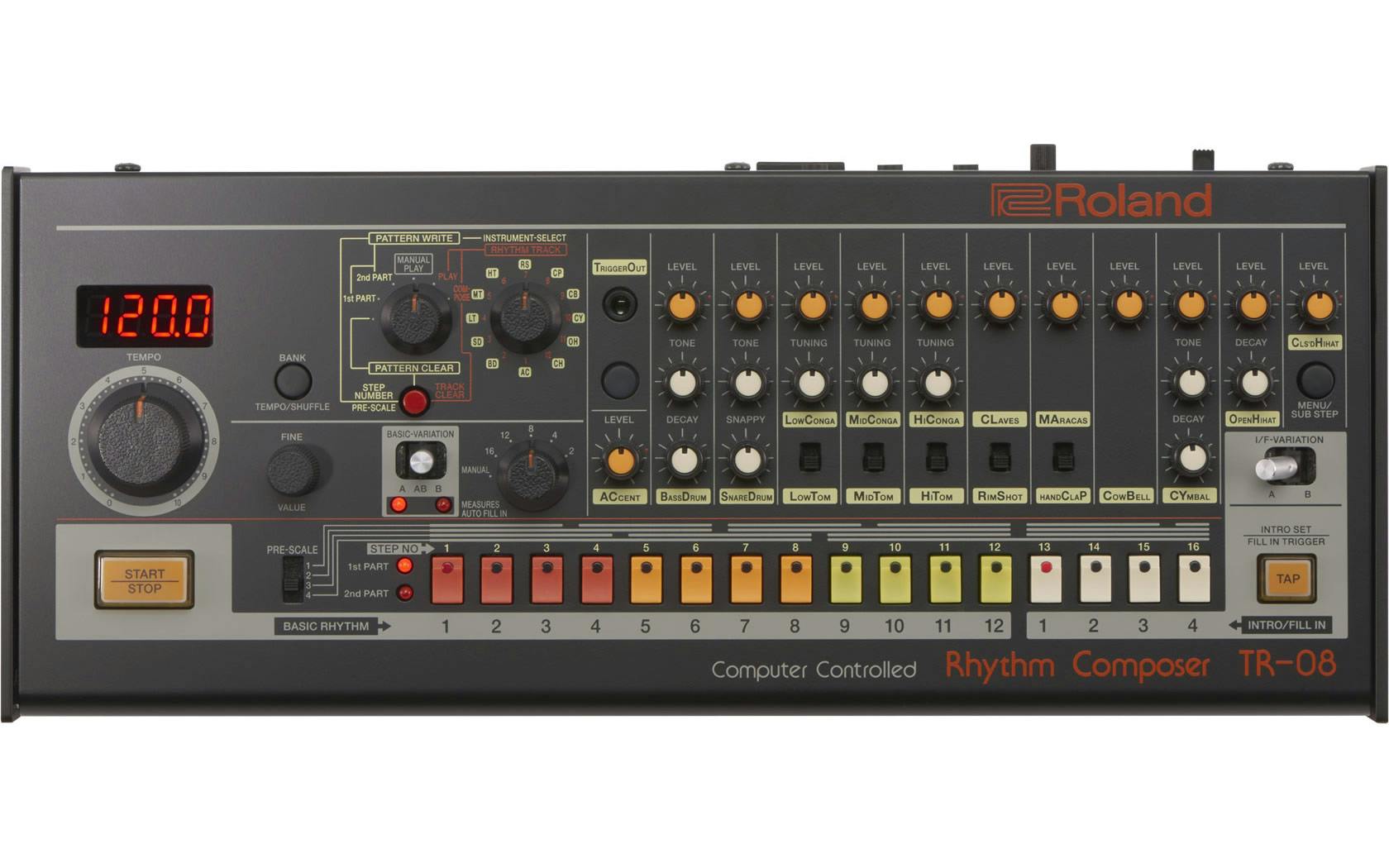

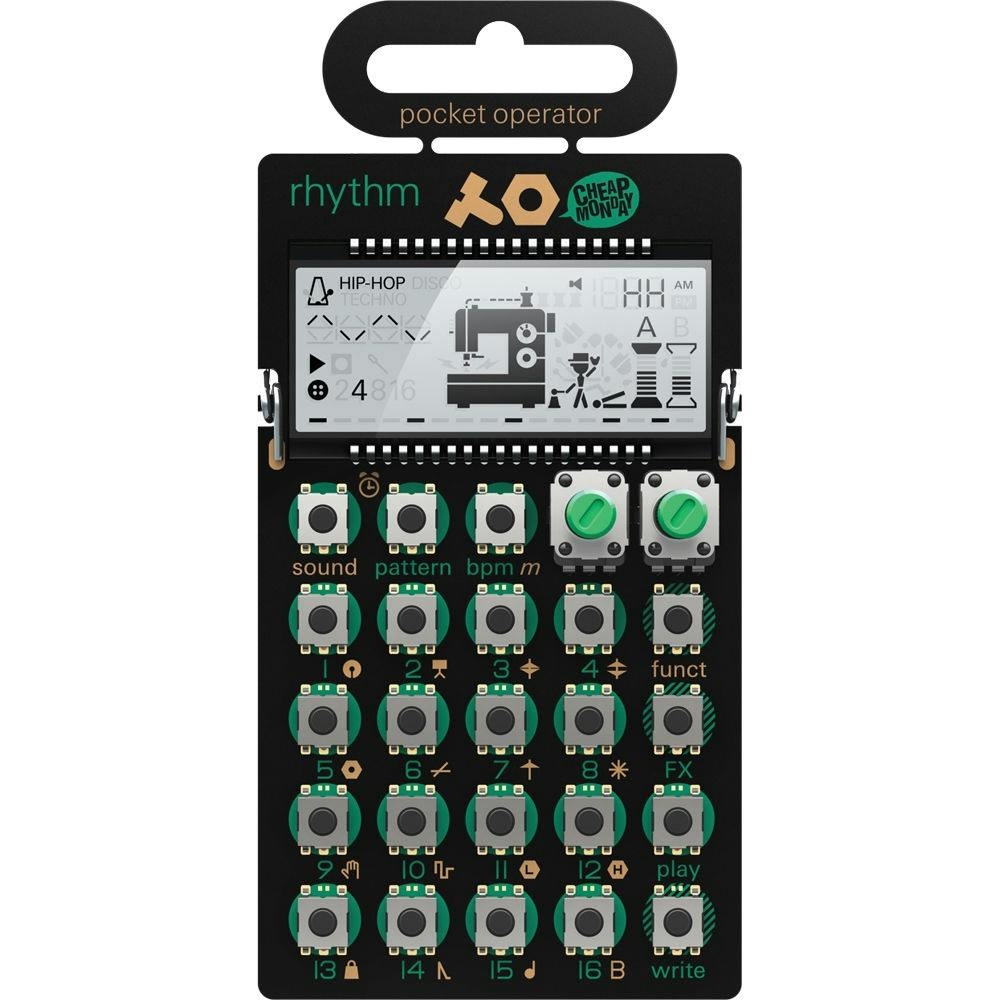
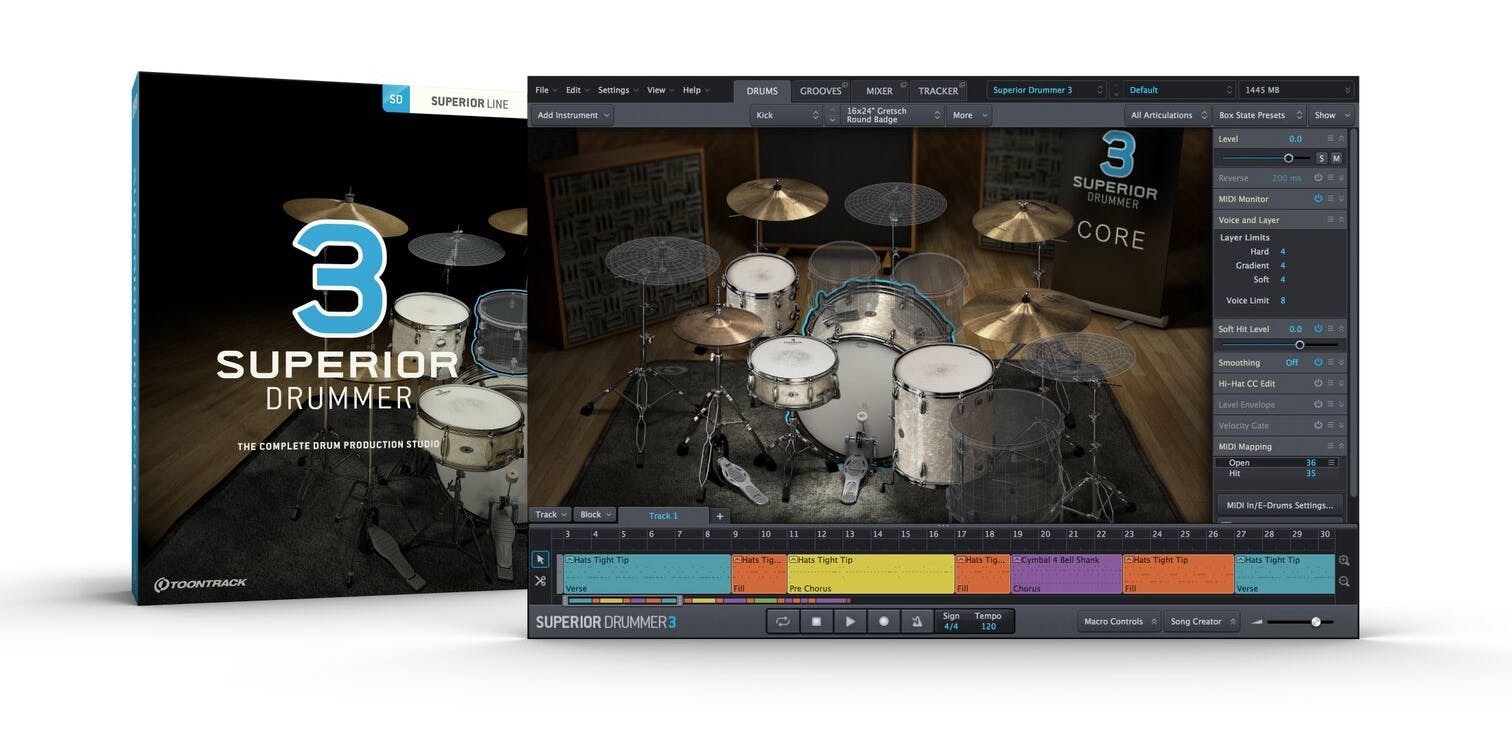
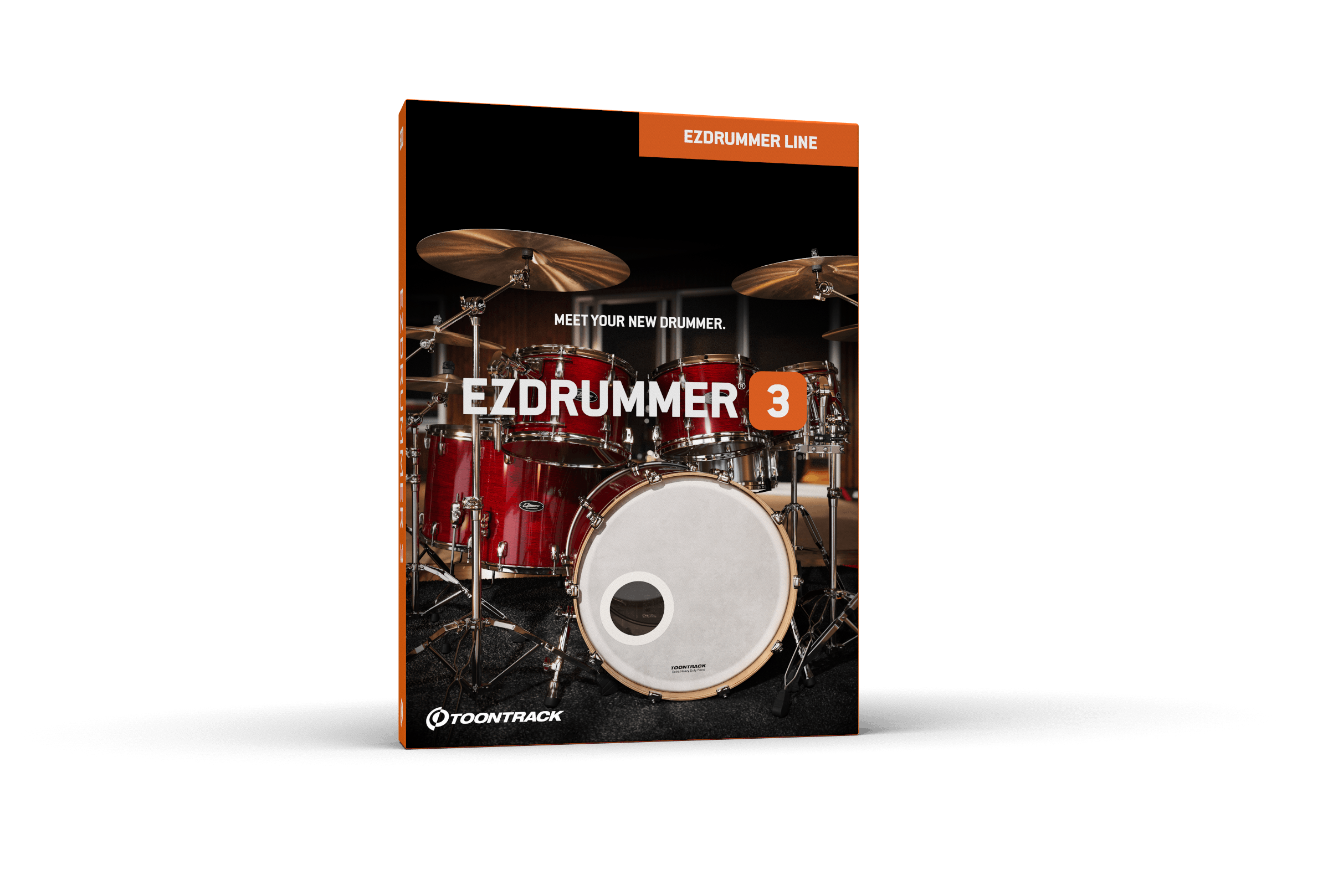
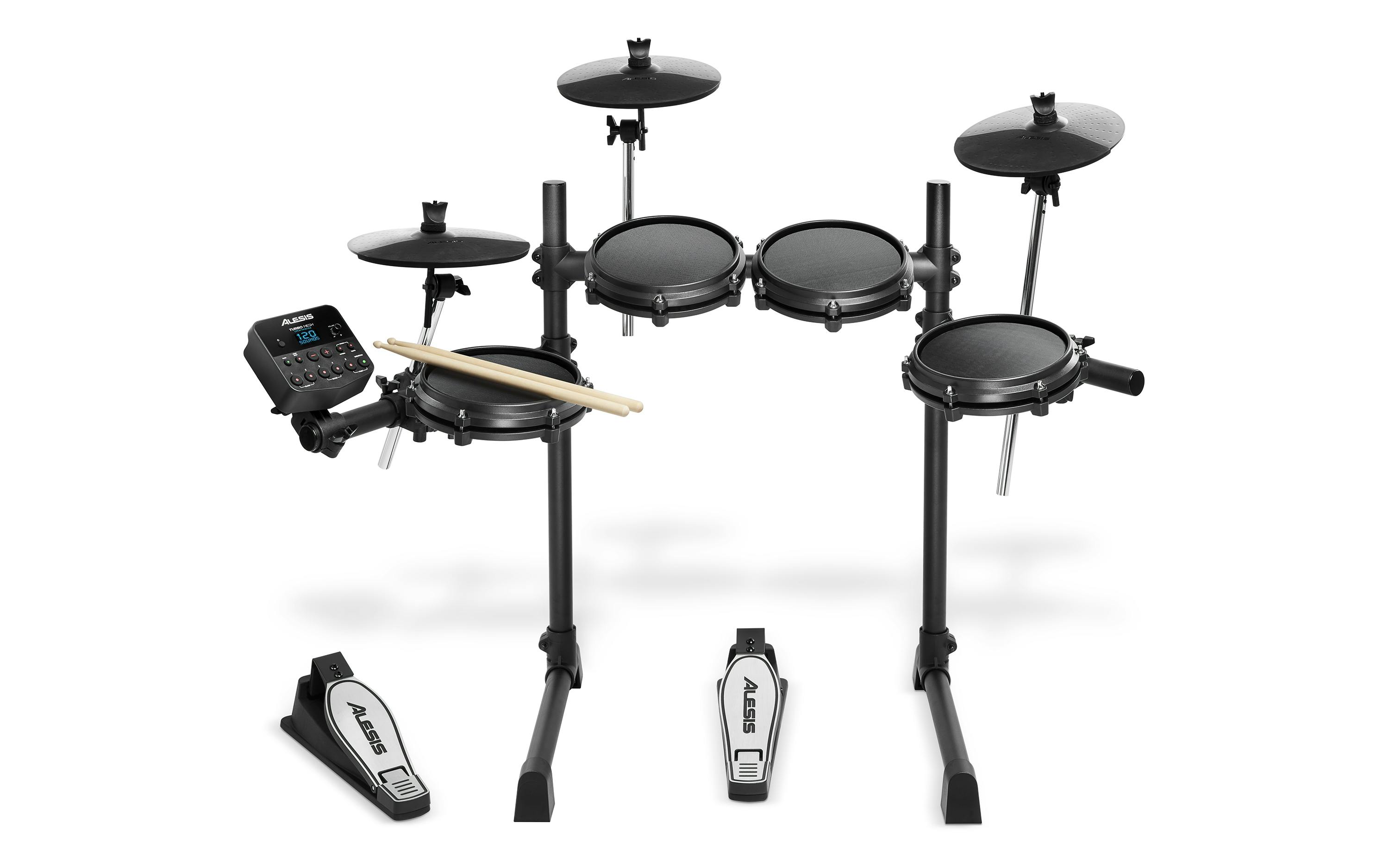
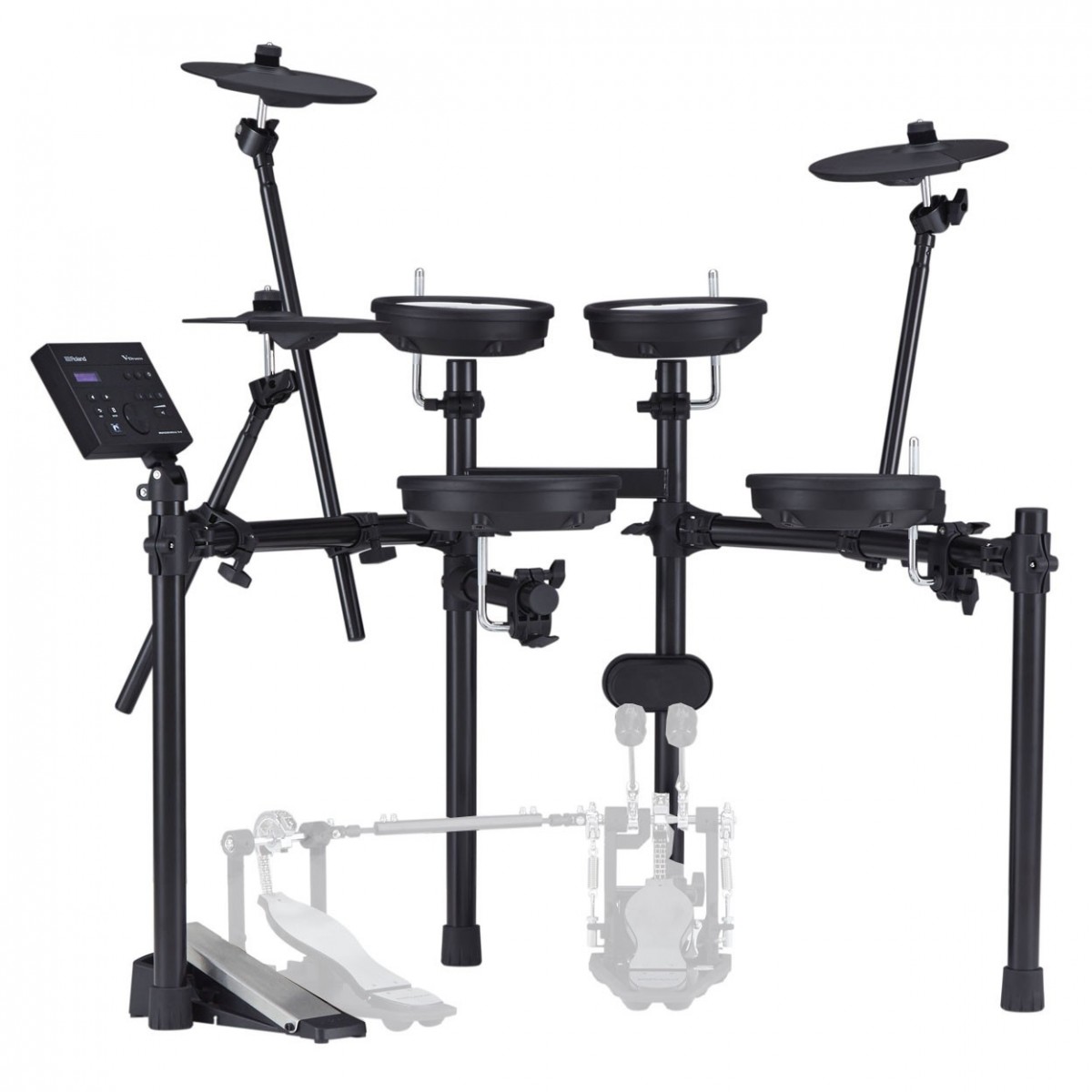

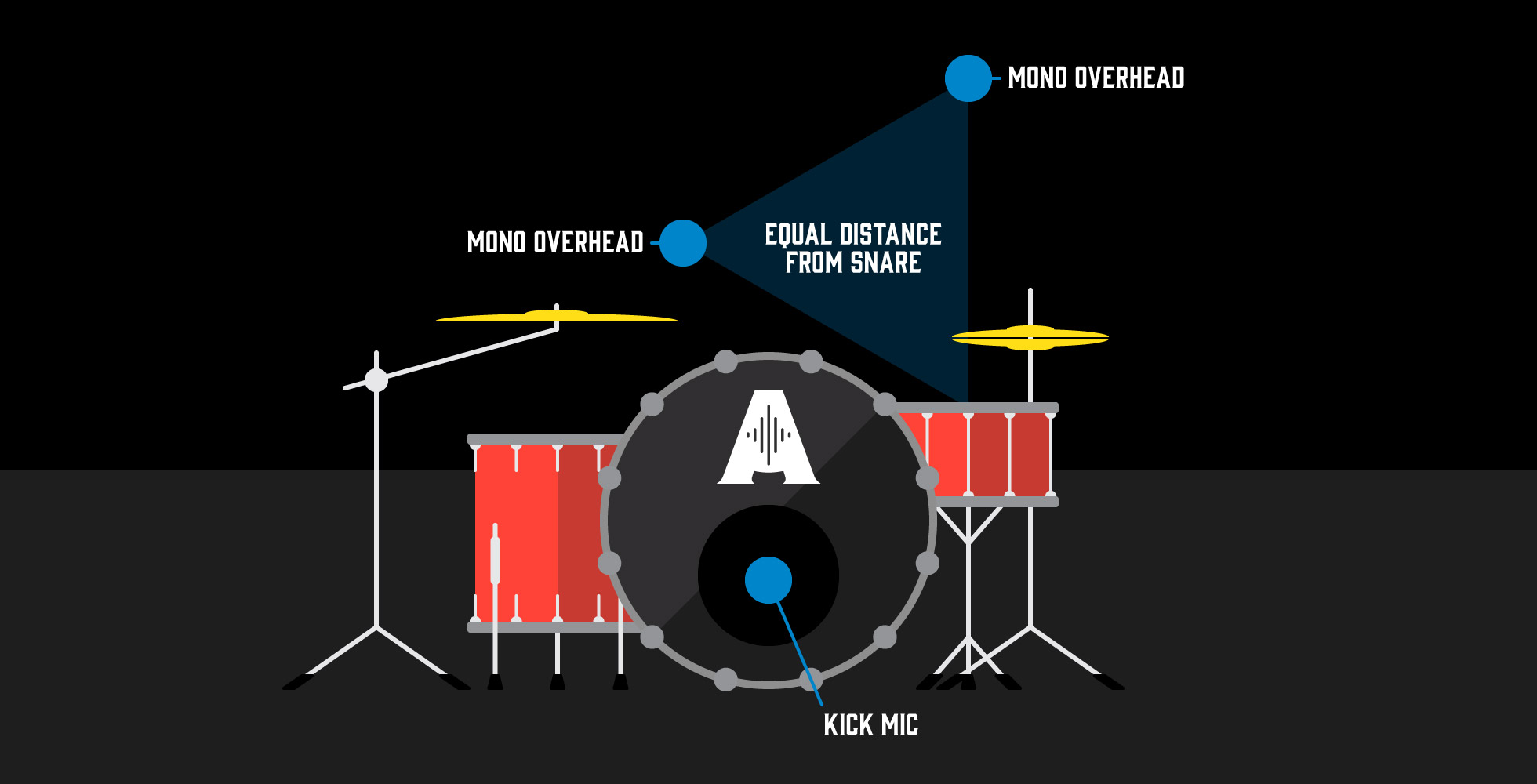
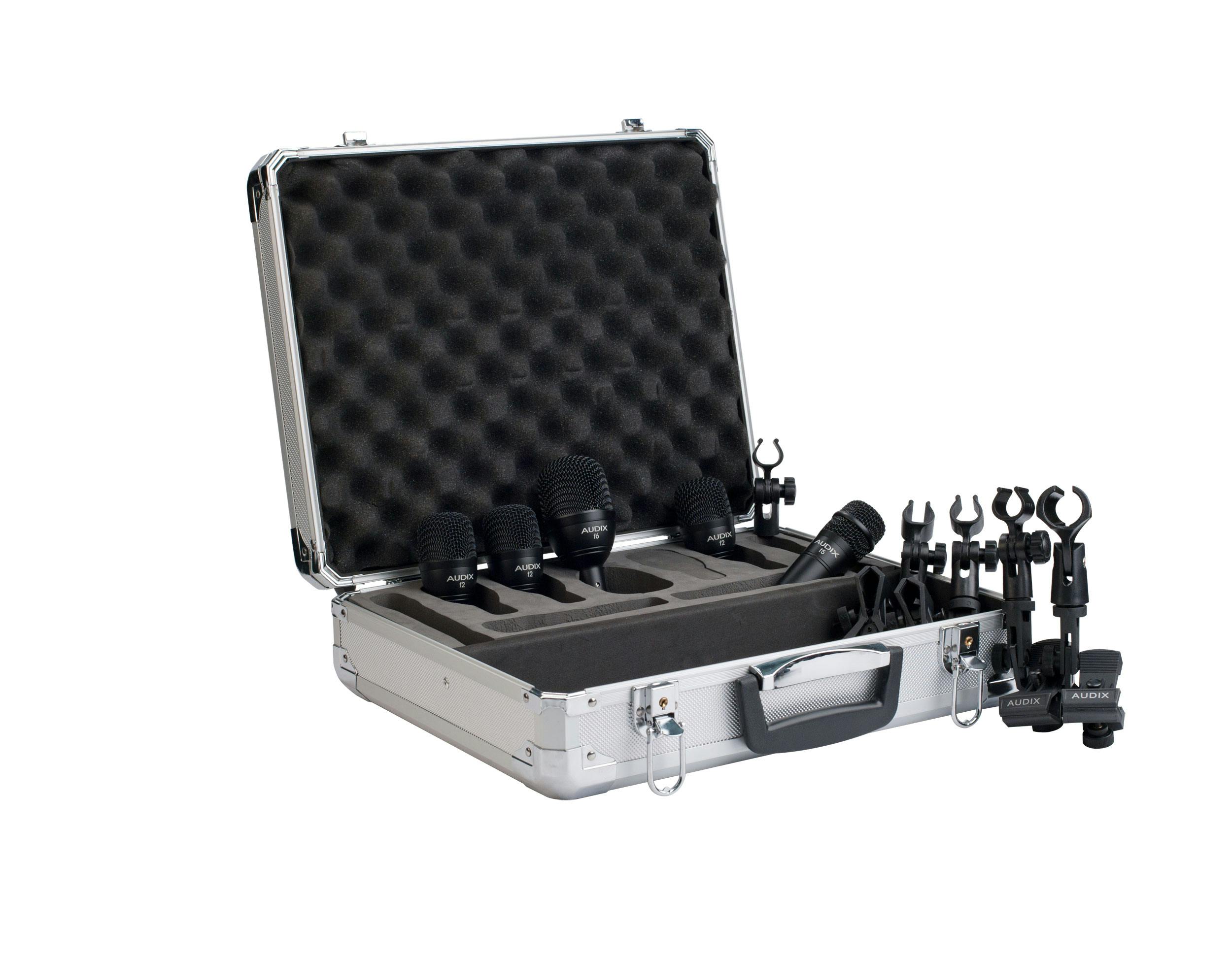
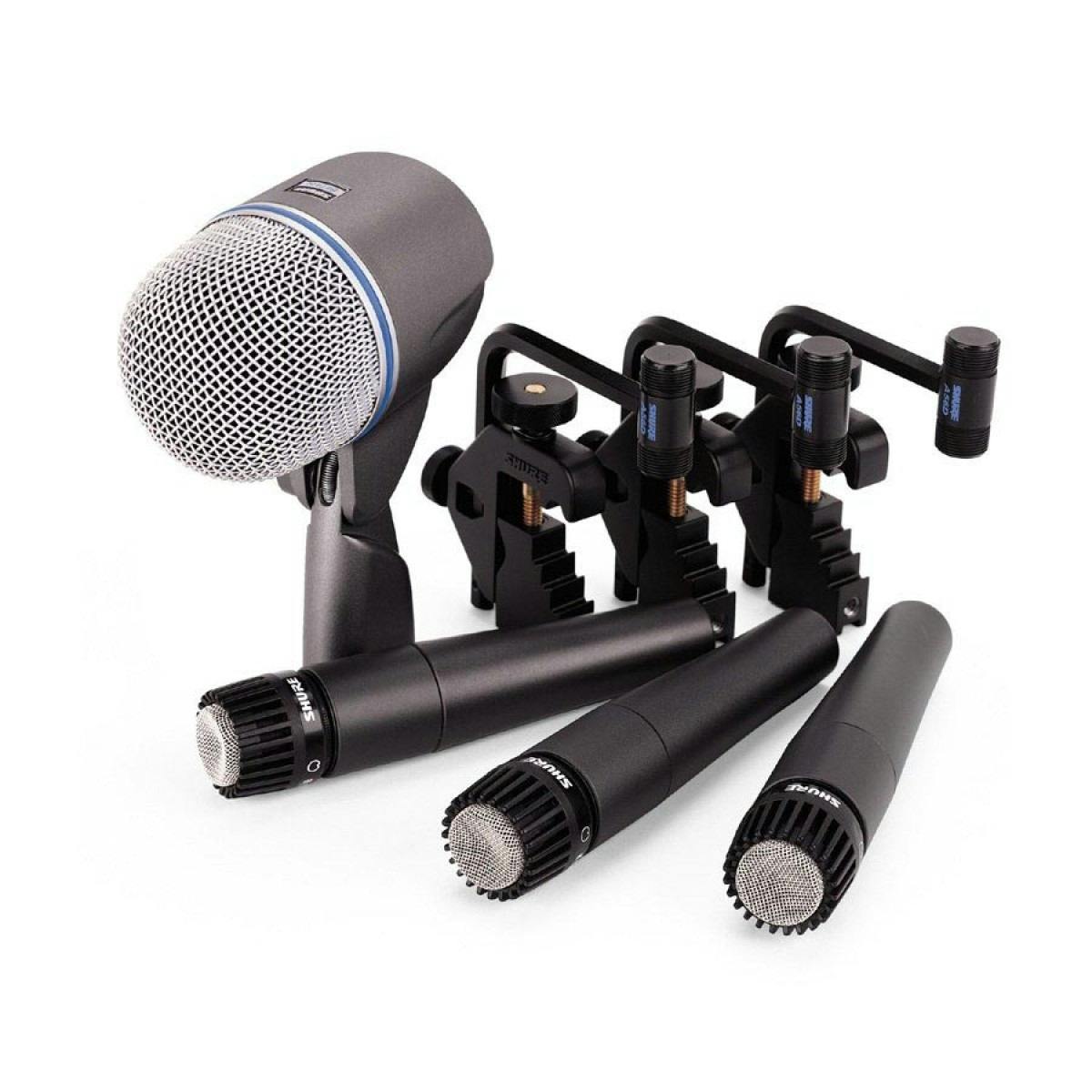
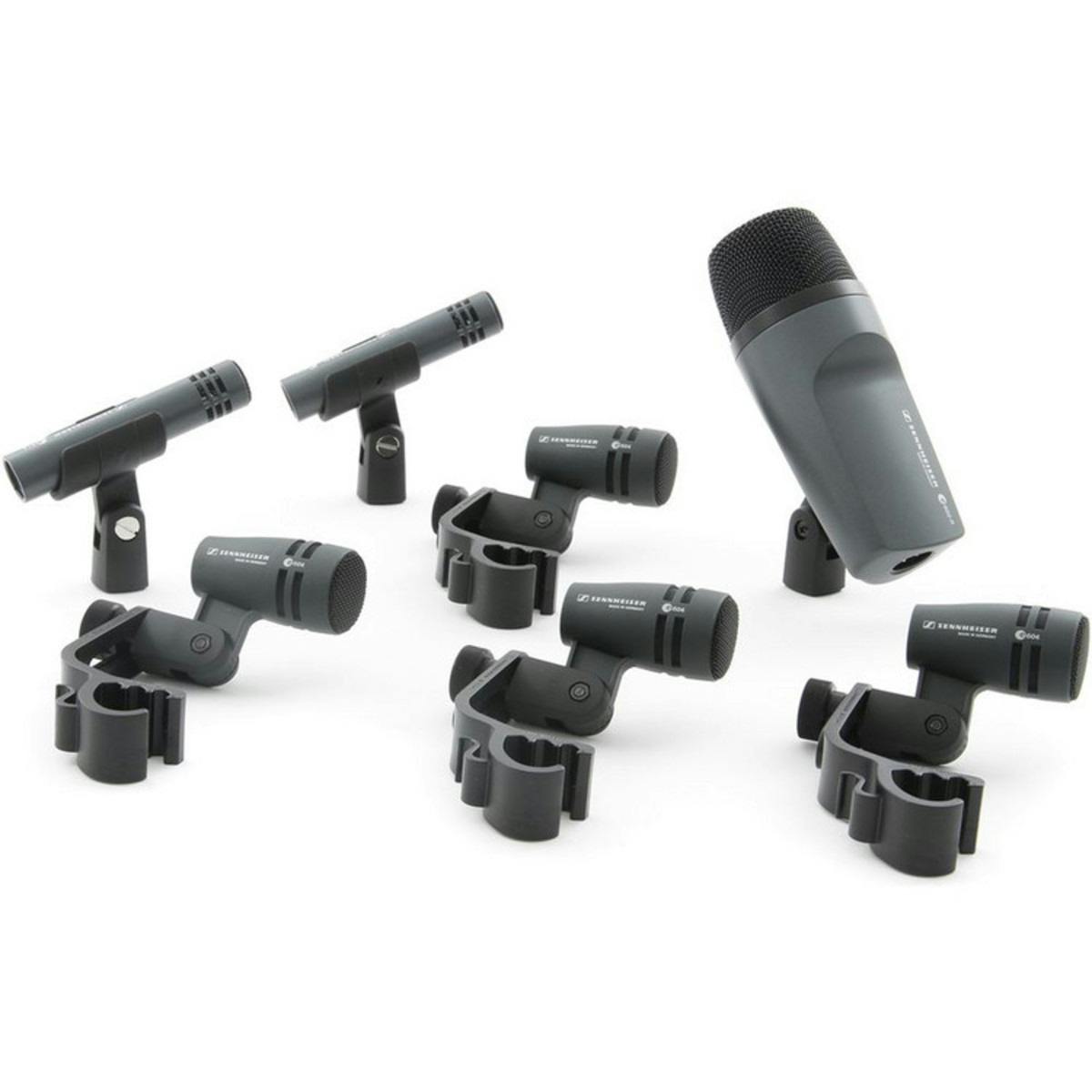

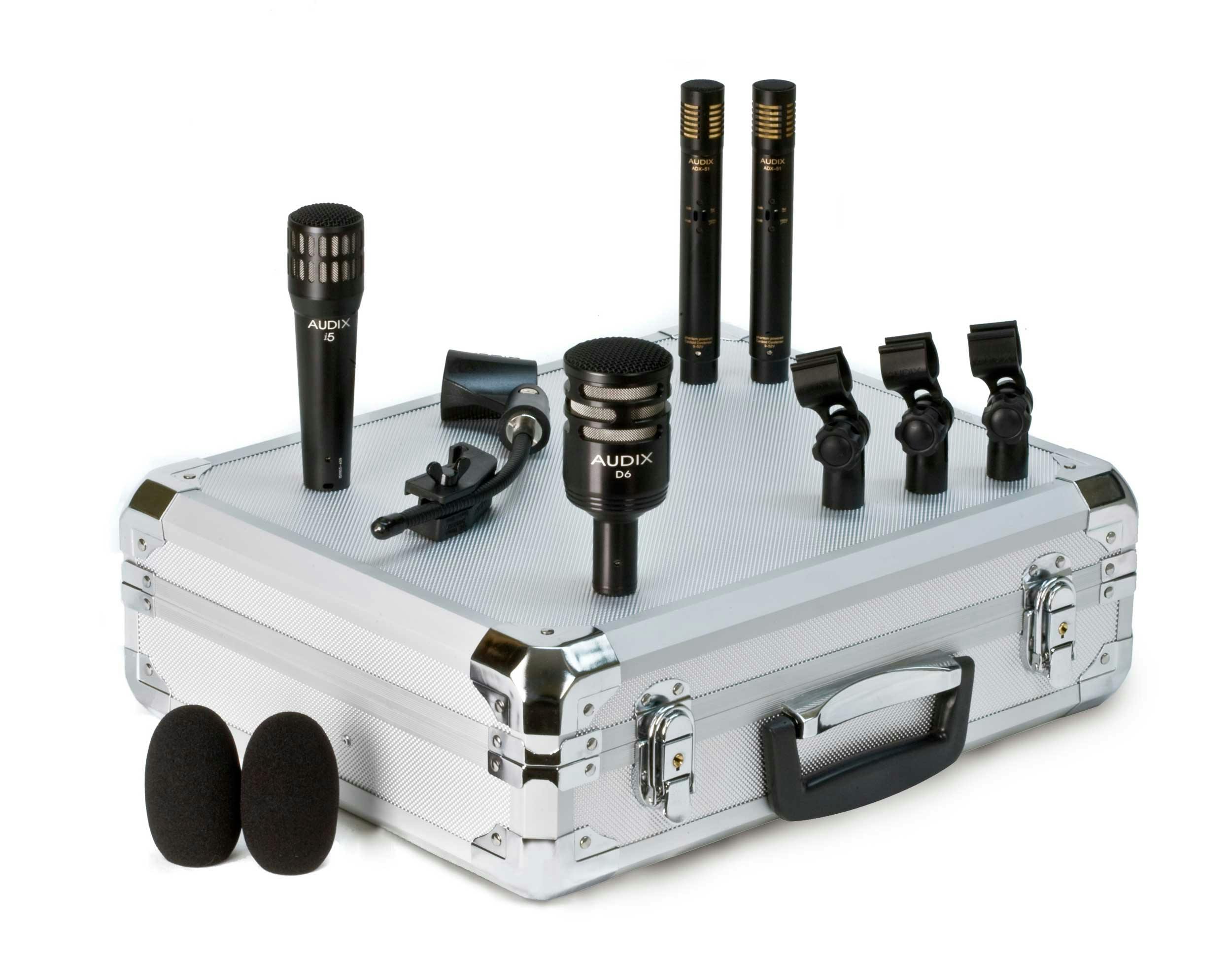
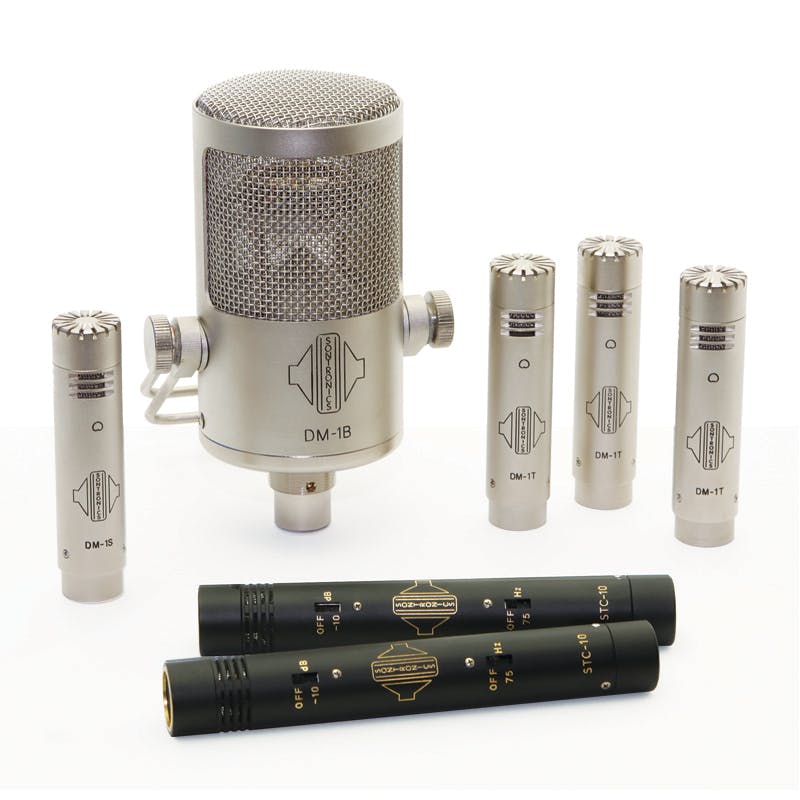
Responses & Questions